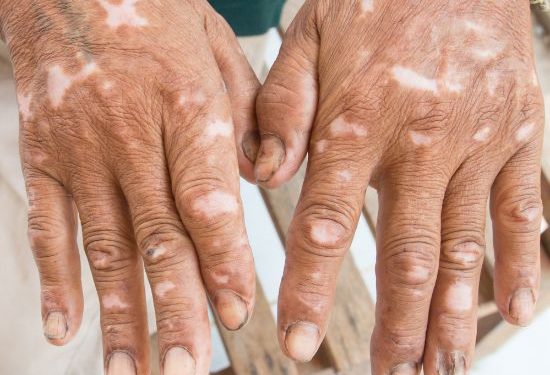Contact dermatitis is an itchy, red rash that happens when you come in contact with something that causes an allergic reaction or an irritant. It can appear within days after you’ve been exposed to the offending substance.
The rash usually clears up once you stop using the offending product. But if it continues to develop, the skin may thicken and crack, or a hard, scaly patch of skin can form.
Allergic contact dermatitis: This is the most common type of contact dermatitis, and it’s caused by an allergy to something you’re touching. It can occur when you’ve just come into contact with the allergen (such as ragweed or perfumes), or when you’ve been around it for months or years.
It can cause itchy, swollen, and burning skin, but it’s not contagious. Symptoms usually come on within a day of being in contact with the offending substance, and can be severe and uncomfortable.
A rash can spread rapidly to other areas, such as the face, groin area, and armpits. In severe cases, blisters filled with clear fluid can form.
The most important thing to do is to avoid the offending substance as much as possible and see your doctor for treatment if it starts to get worse. You can use a moisturiser, steroid creams or tablets, and therapy such as ultraviolet light to relieve your symptoms.

Irritant contact dermatitis: This is the least common type of contact dermatitis, but it can still happen if you come in contact with an irritating substance. This can be anything from acids and alkaline materials to soaps and detergents, fabric softeners, solvents, or other chemicals.
You can help your doctor diagnose irritant contact dermatitis by sharing what you are doing when you get the rash and what products you use that cause it. Your doctor can also use a physical exam and a patch test to find out what’s causing the rash.
Your doctor will also check if you have any other allergies that might be causing the reaction. They might ask you to stop wearing certain items or avoiding them completely.
They will then prescribe medication to treat your symptoms and prevent them from coming back. These medications can include topical ointments, cortisone creams, or steroid tablets.
Sometimes an irritant or an allergen will be the only thing that triggers your dermatitis, so your doctor may recommend that you stay away from that object for a while to see if the rash goes away on its own. If it doesn’t, your doctor may suggest further testing to determine the cause of your dermatitis, such as a skin biopsy or a series of tests called patch tests.
Keeping your skin clean and moisturized is an important part of treating both irritant and allergic contact dermatitis. You can wash your hands frequently, and use mild, fragrance- and dye-free soaps, cleaners, and lotions when you need to do so.
Wearing protective gear, such as gloves or goggles, can help you avoid contact with the offending irritant or allergen. You can also make sure that the products you use, such as hair products or cosmetics, don’t contain the offending ingredient.









